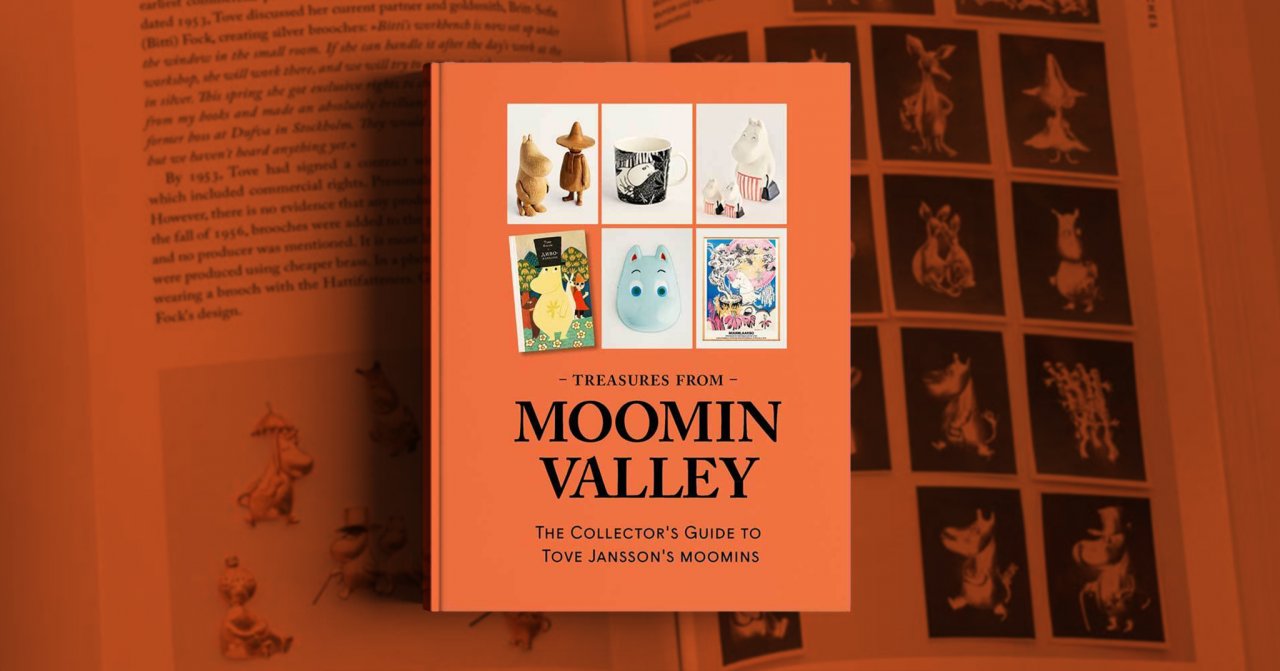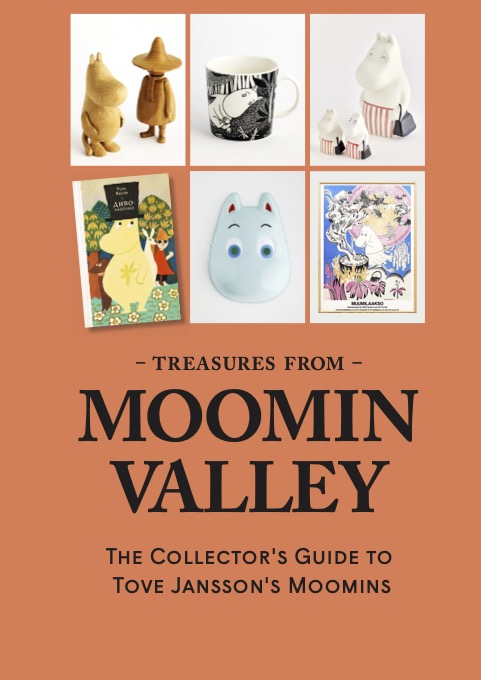The definitive book on collectible Moomin products, Anders Landén's Treasures from Moominvalley - a Collector's Guide to Tove Jansson's Moomins, comes out on 23 May! The thick book is full of information about Moomin products from the 1950s onwards, incredible treasures never before collected in the same volume. The richly illustrated book contains thousands of products, ranging from unusual book covers from around the world to obscure items such as cheramic money boxes that need to be broken to be emptied. A real treasure trove for all the collectors out there!
It took journalist Anders Landén more than two years to do all the research and write Treasures from Moominvalley – A Collector’s Guide to Tove Jansson’s Moomins. He has spent a lot of time in archives, photographing everything he found, going through it in his chambers and looking for items at auctions. Just finding all the book covers of different editions of Moomin books from different countries took ‘extremely many months’. However, it was time well invested, given that the different covers have not been collected in one place and available to a wider audience before now.
The book is now finally ready: it consists of nine chapters, is over 500 pages long and contains more than 1200 pictures. The book will be released in both Swedish and English on 23 May and it is a goldmine for anyone interested in the Moomins and beautiful things.
Author Anders Landén has previously worked at the Centre for Business History and the auction search site Barnebys, as well as running his own business and working at communications agencies.
His interest in objects has always been strong and he has written the book Älskade prylar (“Beloved Things”) for Clas Ohlson brand, which is about all the gadgets made in the 20th century, and worked on Kerstin Wickman’s book AE Design – the Book. He has alternated the writing of Treasures from Moominvalley with the renovation of an old farmhouse, where most of the book was written.
Landén is a big fan of Tove Jansson and the Moomin books and has read them to his children, and he and his wife painted a giant Moomin mural in his son’s room.
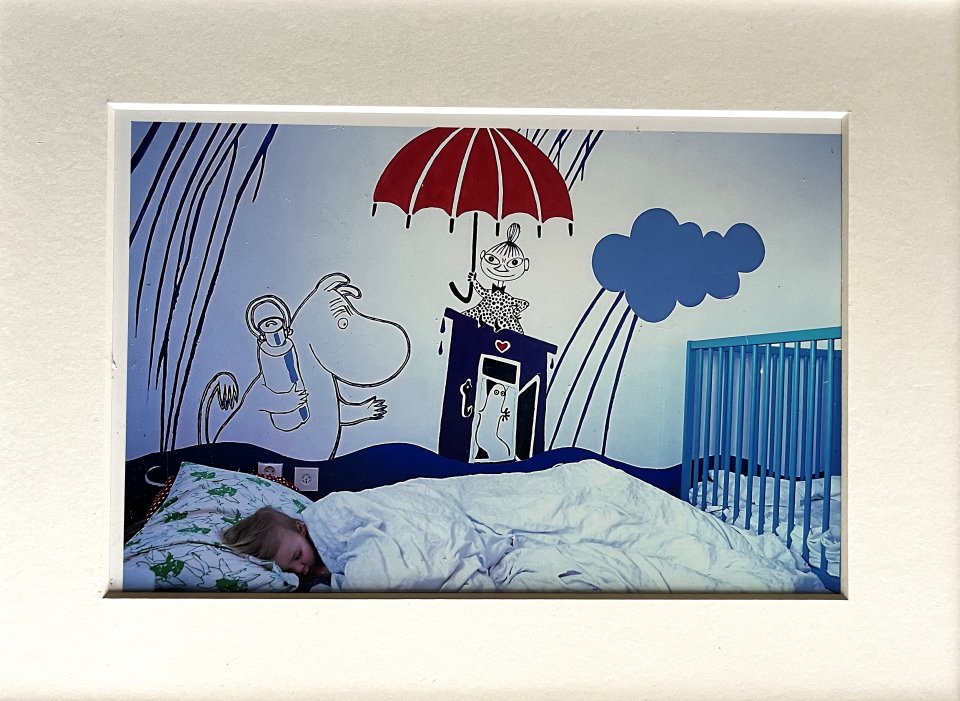
Landén says that his interest in Moomin products was awakened when he worked at the Stadmissionen second-hand shop.
“That’s when some Moomin stuff turned up and I saw Leo Tykkyläinen‘s porcelain figurines and Fauni dolls from the 1950s for the first time. When I later worked at the auction site Barnebys, I was surprised at how much interest there was every time we wrote about Moomin mugs. I then looked up if there were more facts about the early Moomin objects, and when I realized there was no book about Moomin products as collectibles, I thought it would be incredibly interesting to write about this beautiful universe.“
Why did you want to write this book?
“The starting point was that I knew there were so many incredibly beautiful things and I was impressed by Tove Jansson. I think it’s super exciting to try to find more facts about the background of these things and tell about all the people who were involved. I didn’t realize then what an incredibly big world it was and how many people have been involved from the late 1940s to today.”
A complete collection of Moomin first editions
Tell us about some things in the book that were not known to the public before!
“The Moomins and Tove Jansson have fans all over the world. What I do believe, however, is that the collector’s markets have to some extent been local phenomena. In my book, I show more than 400 covers of first editions from different parts of the world. I would say that there are incredible varieties to discover.”
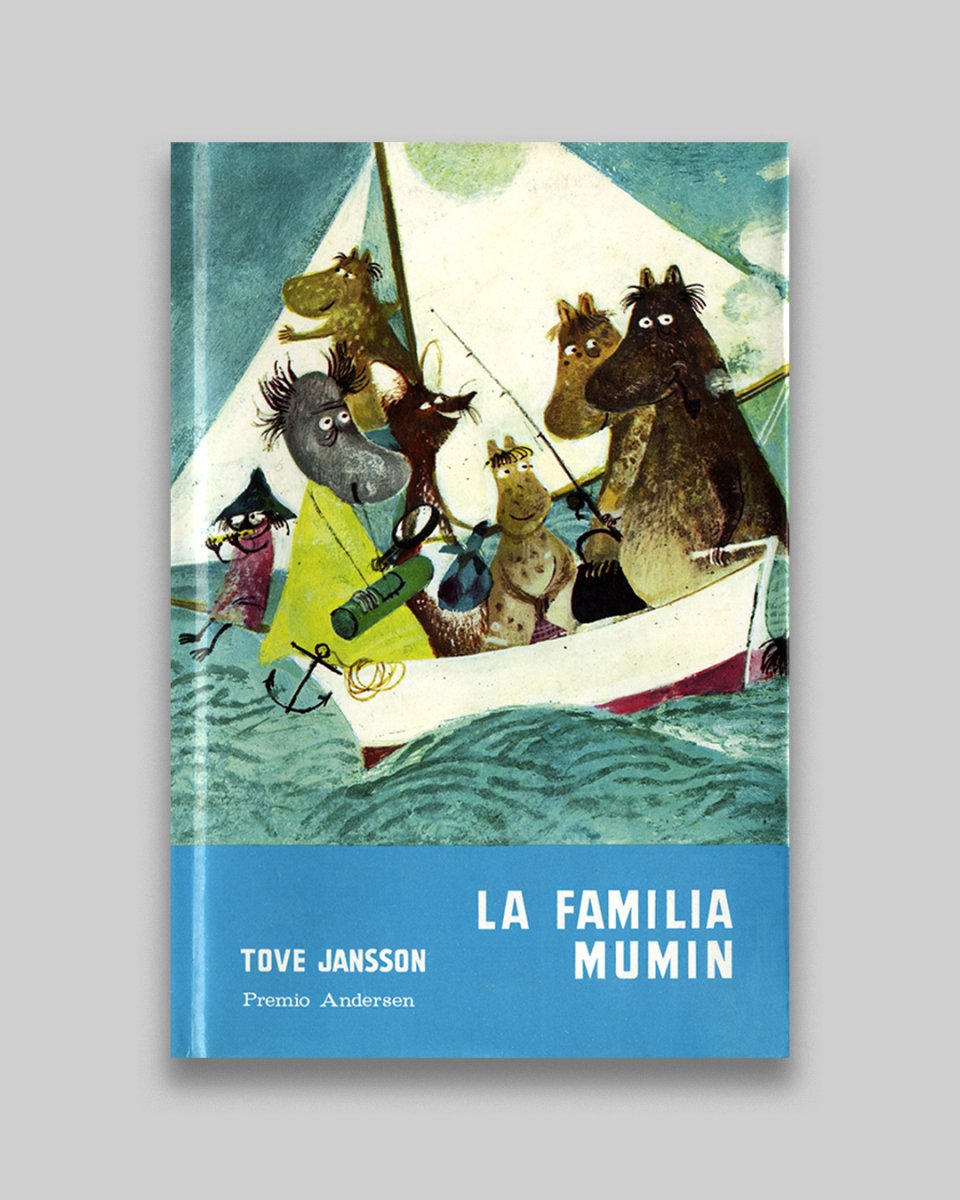
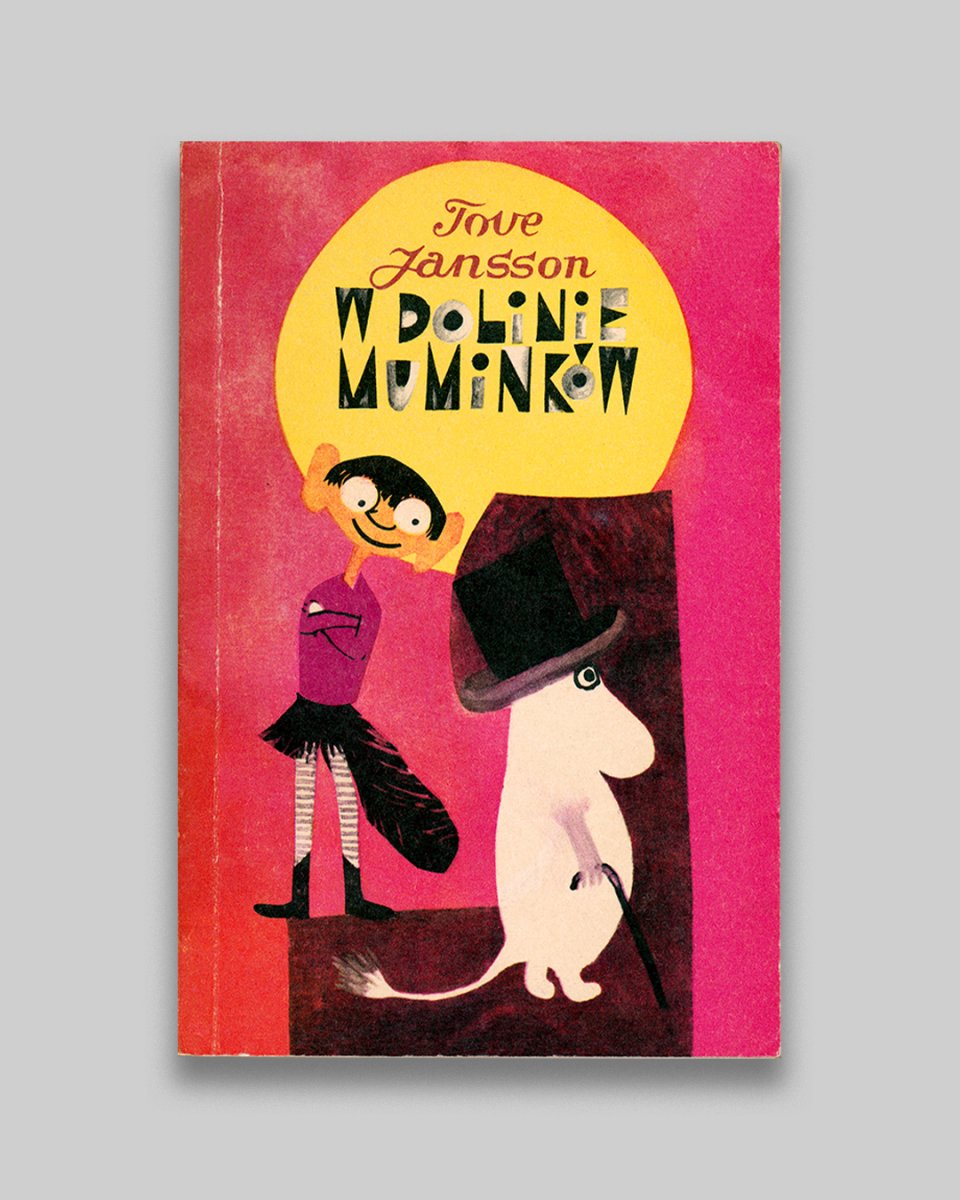
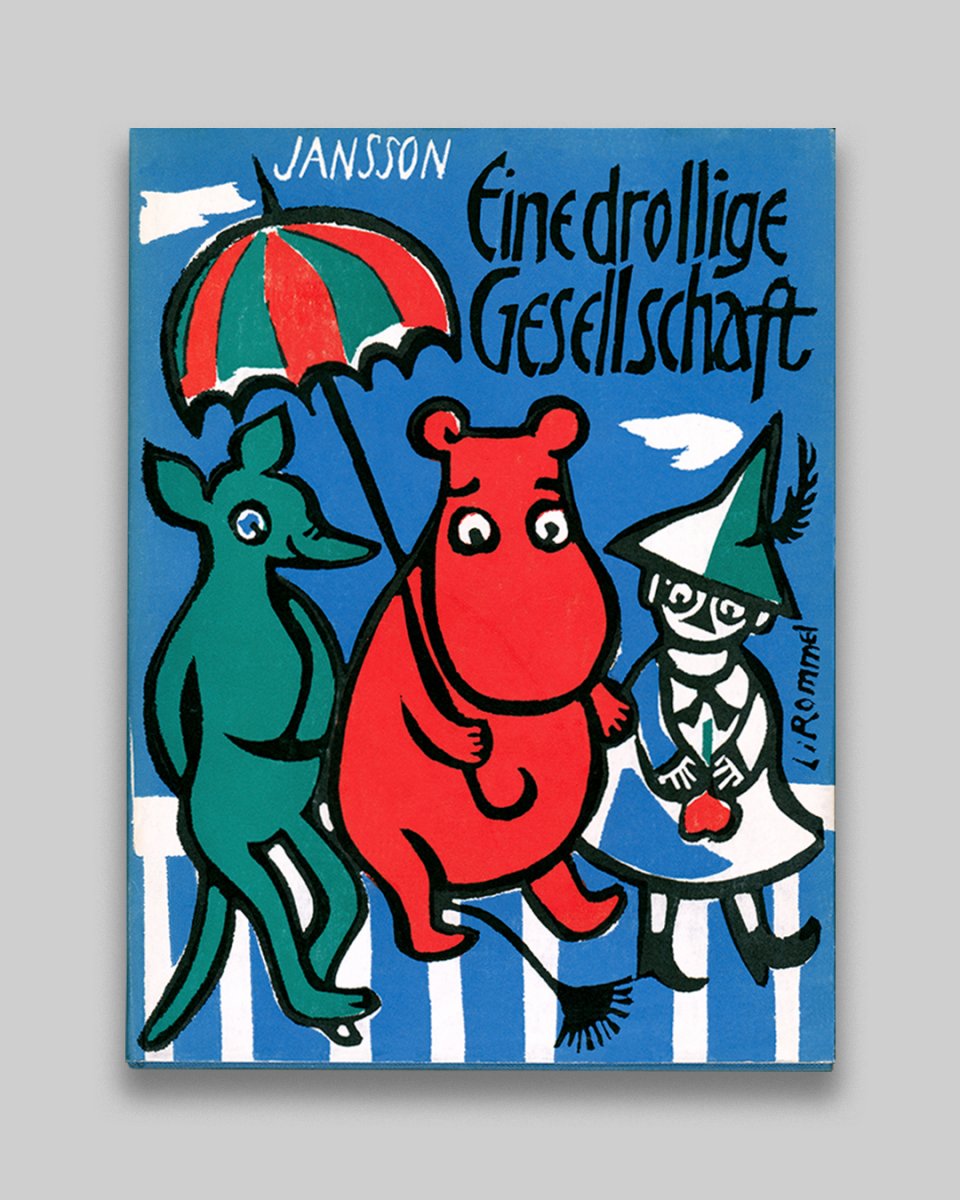
“I’m pretty sure we found the right manufacturer for a couple of porcelain models that were on the market. I find that funny. A ceramic money box that was sold at NK and which can largely be linked to the Danish designer Carl Beier and variants that Moomin Characters themselves produced in the early 1980s, which I think Hans Kling made the models for.
The book also contains a discussion of the figurines that Leo Tykkyläinen made in his own box and at Arabia and which were sold at Stockmann from 1956 to 1964. In correspondence, there is evidence that Tove’s mother, Signe Hammarsten Jansson, made models in ceramics and that Tove recommended them to other manufacturers. I believe that Tykkyläinen made his first models (of the Moomin family) from these and that later models were designed by him.
I am also happy that we have managed to find all the products sold at Stockmann and NK during the 1950s, or at lest I think so. Even if I have not managed to get hold of all the items, they are at least shown in adverts.
That is probably what I am most happy about. Even though I didn’t find the story behind every single product, we show a lot of things in the book—things that fans can keep looking for. The book has more than 1200 pictures, and I think the designers Bea Hellman and Edit Koskinen have done an incredible job of showing all these things.”
What was the most surprising thing you found during your research?
“How business savvy Tove was is one of those things! I was told early on that Tove disliked the commercial side of things and wasn’t interested in money (‘she was an artist’). I misinterpreted this to mean that she was bad at business. Her artistic integrity was used to protect the trolls, and her kindness and care for them are very much behind the characters becoming what they are today. She was extremely meticulous, and although many testify that she didn’t particularly care about money, that doesn’t mean she didn’t keep track. I don’t know if it was surprising, but it was also amazing to see her work ethic/desire/drive. She was very, very productive.”
What was the hardest thing to find in this process and how did you manage to find it?
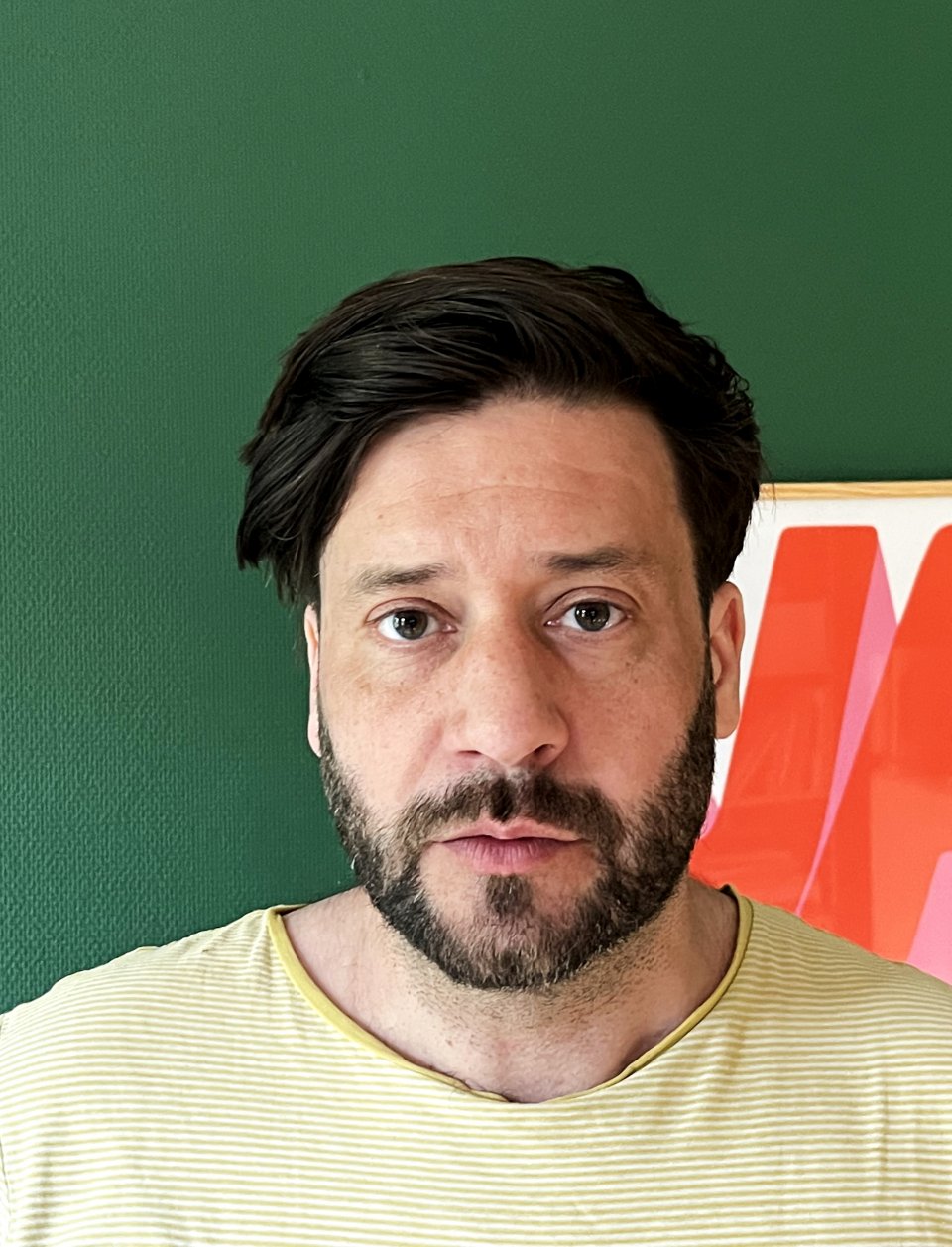
“The most difficult thing, in general, when working with historical material is to get hold of the sources that remain. The vast majority of authors from the early years are long gone. Correspondence and contracts were written a long time ago, and much has been discarded. Tove was very good at saving documentation, but of course, not everything is left. Then, it becomes a balance of knowing when it is worth continuing to search and when you should have turned over more stones. The book, like all research, provides a snapshot. Surely later research will be able to provide further clarity. I am sure that some things will be confirmed and some things will be corrected by what I have found.
“In terms of actual products and not facts, the Brazilian cover images for Comet in Moominland (O cometa no pais dos Moomins) and Moominsummer Madness (Loucuras de verão no pais dos Moomins) from 1974 are probably the ones I’ve spent the most time on. The two were not in Moomin Characters’ archive and not in any library in the Nordic countries. I don’t speak Portuguese, but by using Google translate, I finally found them at the National Library in Rio de Janeiro.
Once I got in touch with them, they told me with 100% language confusion-lingo that the two books did indeed exist but that they were in an annex that was currently being remodelled and that there was no end date for when the remodelling would be completed. We stayed in touch for more than a year and a half and went through a number of complications before I finally received two scanned images. At that point, I was happy.”
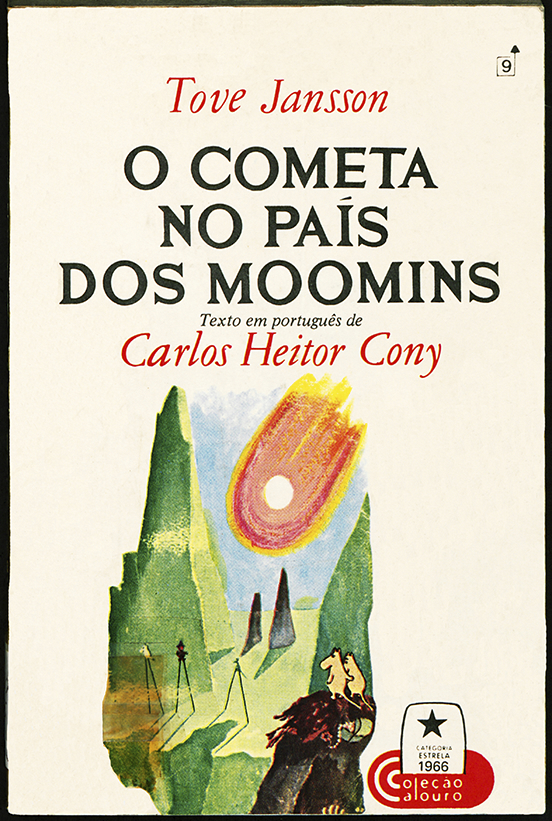
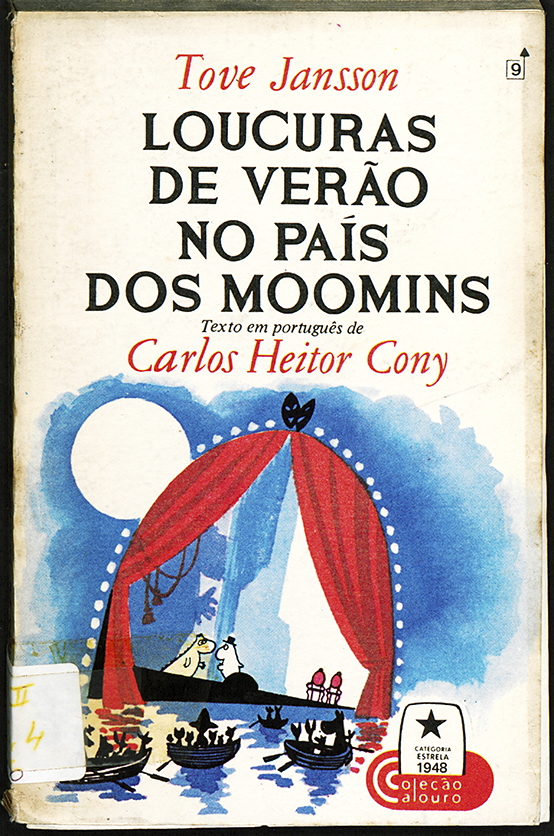
The most famous Moomin product is Arabia’s Moomin mugs, why have the mugs become such a popular Moomin product?
“They were the first to take Tove’s art and put it on objects for adults. With Arabia’s utility items, the Moomins became a design item. ‘I think there are many generations that have grown up with the stories and like what the characters stand for. The art is as good as it gets. So you get a product with some you like and which also makes your everyday life more beautiful. Very well done by Arabia. It has opened up a greater interest in the previous products.”
Which mug do you find most interesting from a collector’s perspective?
“All of them. Because they are based on Tove Jansson’s original art and it is possible to read on the origin of all motifs. In my book, I found it a little difficult to delimit the mugs, partly because it is an active business and partly because it is the most reproduced already and many people know the story. If I had worked with a product that could be updated continuously, it would have been possible to do more. There are many people who reproduce the history of the mugs very well digitally, including you at Moomin Characters.”
Read all about Moomin mugs here!
The designer Tove Slotte designed Moomin mugs for Arabia during three decades. Watch a mini documentary about Slotte here!
What is your personal favourite among all Moomin products?
“The book has nine chapters, and I have been working on each chapter for a long time. With each new chapter, I have, of course, fallen in love with lots of things. Since I started working on this book, my children have consistently given me Moomin mugs for special occasions. It makes sense to them that I love Moomins, and they want to make me happy. So much so that the cups have become favourites, of course.
But yes, of course, there are some things that I felt compelled to acquire along the way: including the Spanish edition of Finn Family Moomintroll, a German edition (which Moomin lover Magnus Palm later received as a thank you for his help), a Belgian comic book, a Danish colouring book. Some of Berit Ternell‘s and Leo Tykkyläinen’s ceramic figurines, an alarm clock from Japan. Long before the project started, I also got the poster from the Moomin Opera in 1974. It is extremely beautiful.”
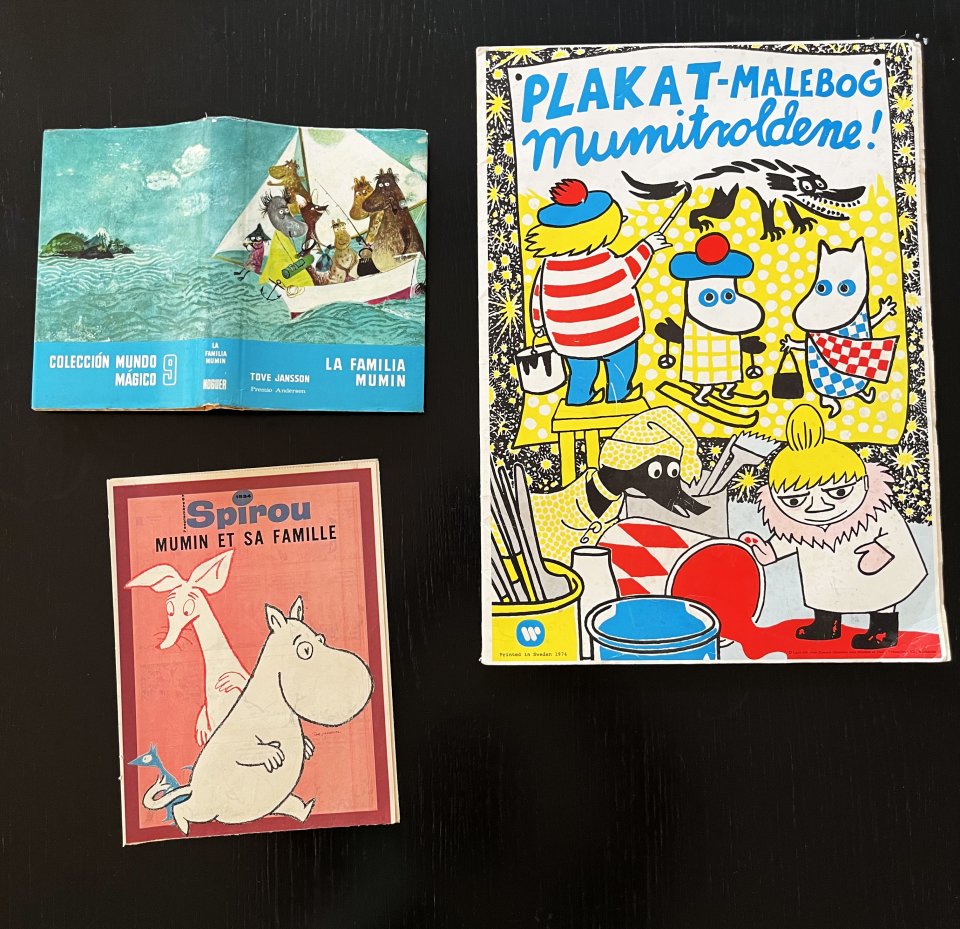

“I would love to have the first poster made for the theatre in 1949. Otherwise, my favourite things are all the communications from Tove. She was amazing, and I am incredibly impressed by her both as a person and an artist. In Tove’s studio, there is a version of Comet in Moominland with a dedication to her mother, Signe Hammarsten Jansson. It should be framed and made available in a museum for everyone to view.”
Read more about the Moomin lover Magnus Palm’s Moomin collection for sale!
What is the most valuable Moomin object you found while working on the book?
“Working with Tove’s originals, both her art and her communication, is of course the most valuable. The cultural value is incredible. I have had a lot of contact with Johannes Kuuskoski from the family that owned Atelier Fauni. He talked openly about his family’s relationship with the dolls they created from the mid-1950s to the early 1970s. It is a valuable story that captures the time.”
There are a lot of great period markers in the book, for example you mention former Finnish President Urho Kekkonen and the Rolling Stones, what were your thoughts regarding putting Tove in a historical context?
“In the book, I write that the comic series premieres in Svenska Dagbladet at about the same time as Elvis appears on TV for the first time (1955). The Moomins existed before Elvis. It’s fun to think about. Also, a third of all homes in Sweden had no bathroom ten years later (when the Moomins had been around for 20 years). But time is interesting from several aspects. I think it’s easy just to take in things you have in front of you in the context you find yourself. The Moomins feel relevant, and their challenges are just as many as today. Even though there might not have been running water in Moominvalley, or you didn’t have the internet or used to go on charter holidays.
This is a testament to Tove’s greatness as an artist, writer, and interpreter of universal human behavior. She captured the essence of humanity, and that remains true today, yesterday, and most likely tomorrow.
If you look at the book covers made around the world by publishers who interpreted Tove Jansson, it is very entertaining. You can see that Tove was unhappy, but at the same time, the diversity is exciting to see today.”
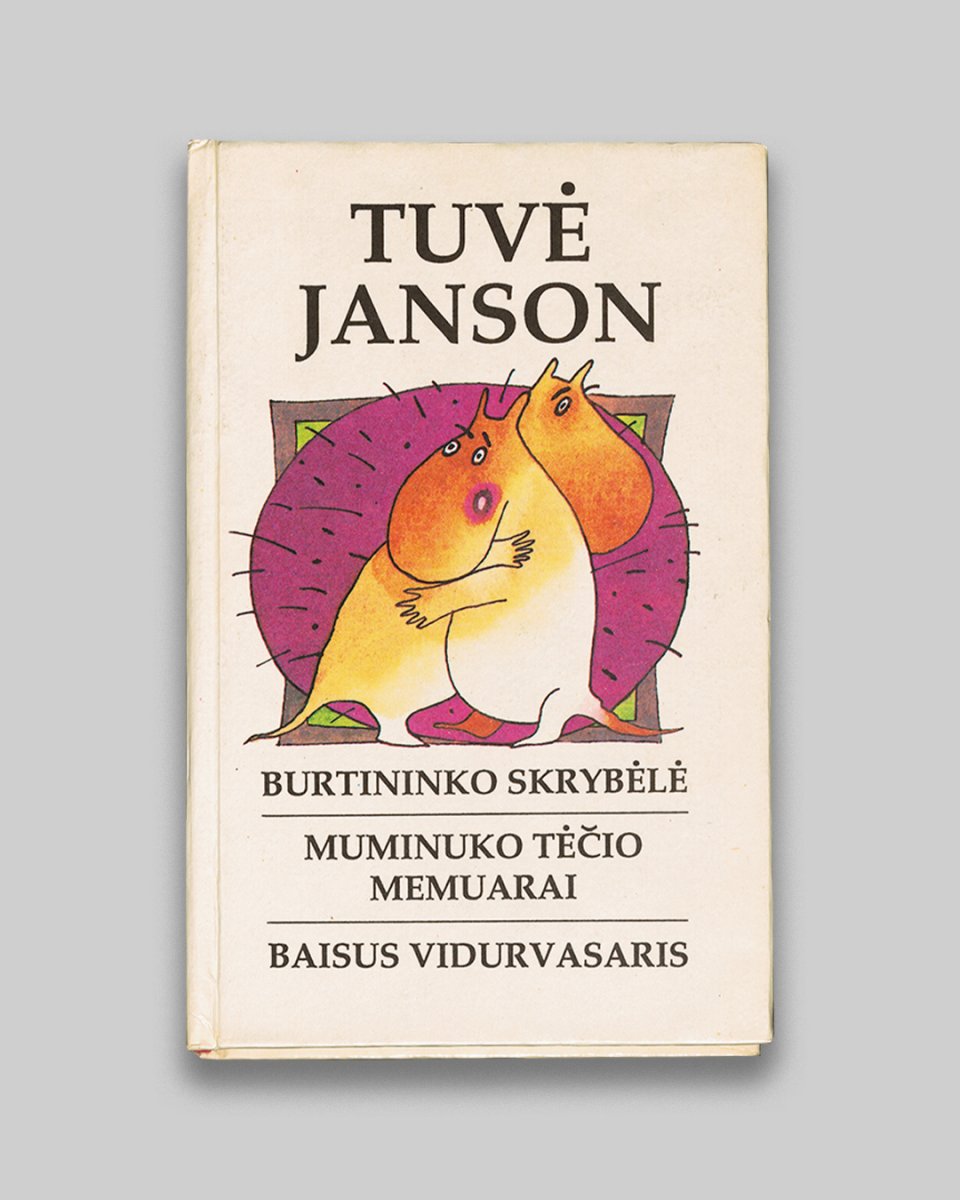
“The popularity of the Moomins and their presentations have also evolved over time. First, they appeared in books and on the radio, then on TV and in films. Nowadays, also as video games and on the internet. It is also interesting for the design and creation of products. For a long time, Moomin products were only made for children. And the world looked different. Research has shown that people born in the 1930s and 1940s had an average of three toys, which has gradually increased.
Here, too, products follow the evolution of technology. Products were made of fabric, porcelain, and metal in the beginning and later paper with new printing methods and plastic. They were made locally, and Tove no longer had the same control when production moved to distant countries. Likewise, it is entertaining to put the ceramic figures next to brooches and Fauni dolls. They all have their own personality.”
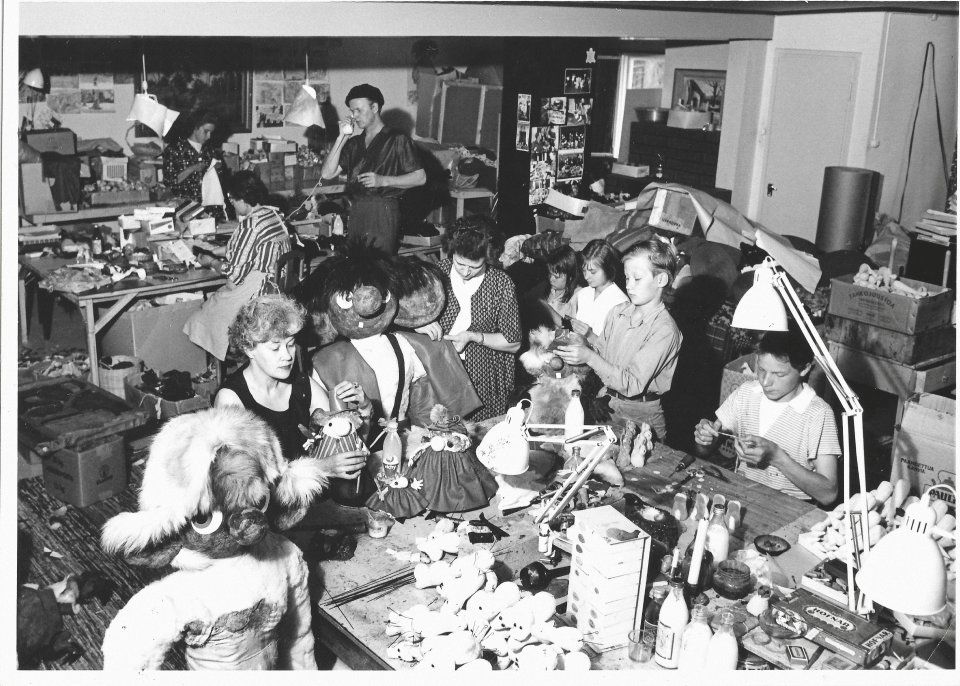
While working on the book, Landén has been in close contact with Maria Andersin, archivist at the Moomin Characters archive in Helsinki. She emphasizes that objects are just objects until you find out their history.
“When one knows the history of the objects, they can be placed in context and given value, historically and culturally. In the course of our work, we have traced many artefacts, such as the first brooches, which we have been able to date and identify their makers. We have shared new finds and given tips on stones to lift. With Treasures from Moominvalley as a source reference and handbook, we have a tool where everything is collected in one binder. It facilitates research, exhibitions and, not least, the work of presenting our history,” concludes Maria Andersin.
Available 23 May 2024
Treasures from Moominvalley – The Collector’s Guide to Tove Jansson’s Moomins will be released on 23 May in Moomin Shop Esplanadi in Helsinki and the global Moomin Shop online.
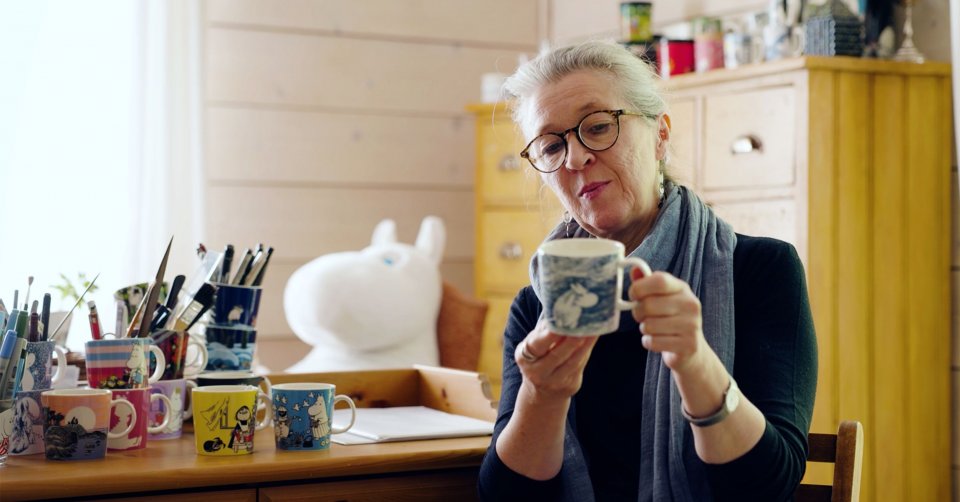
30 years of working with Moomin mugs – what is it like recreating Tove Jansson’s original illustrations?
After 30 years of adapting Tove Jansson’s original illustrations for the Moomin mugs, illustrator Tove Slotte is now retiring.
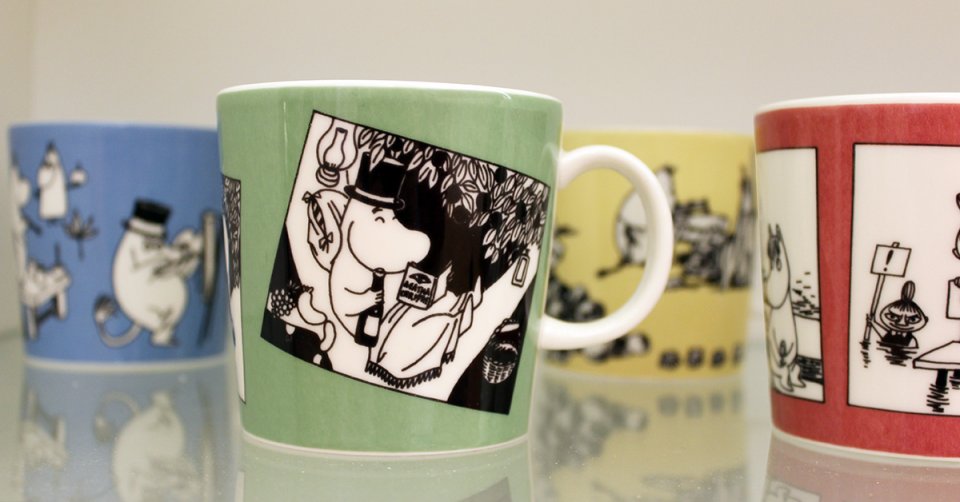
Never seen prototypes of the first Moomin mug – the history of Moomin mugs by Arabia, part 1
#1 Mug green 1990-1993 The first Moomin mug in the Teema series, Green, came in 1990. The mug is also known…
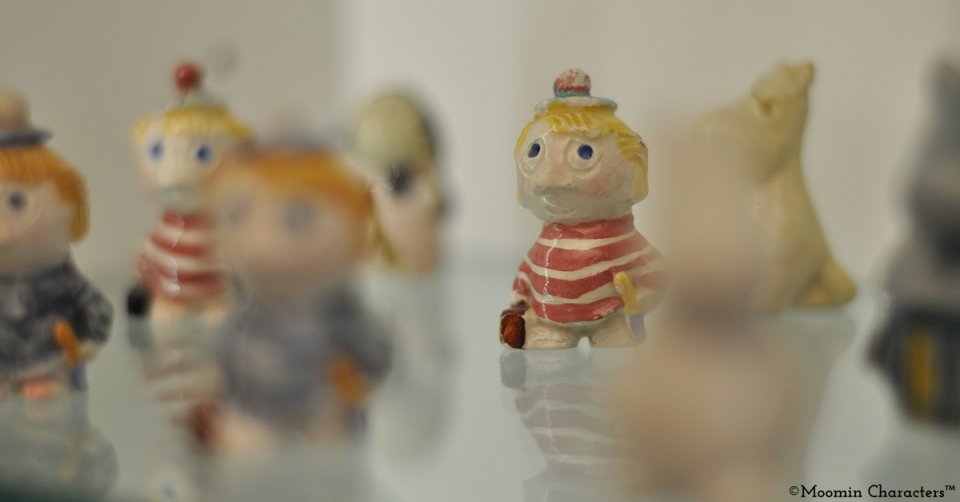
Ceramic Moomin figures from the 1950s
Leo Tykkyläinen produced the first ceramic Moomin figurines in the 1950s/1960s. Get to know the history here!
